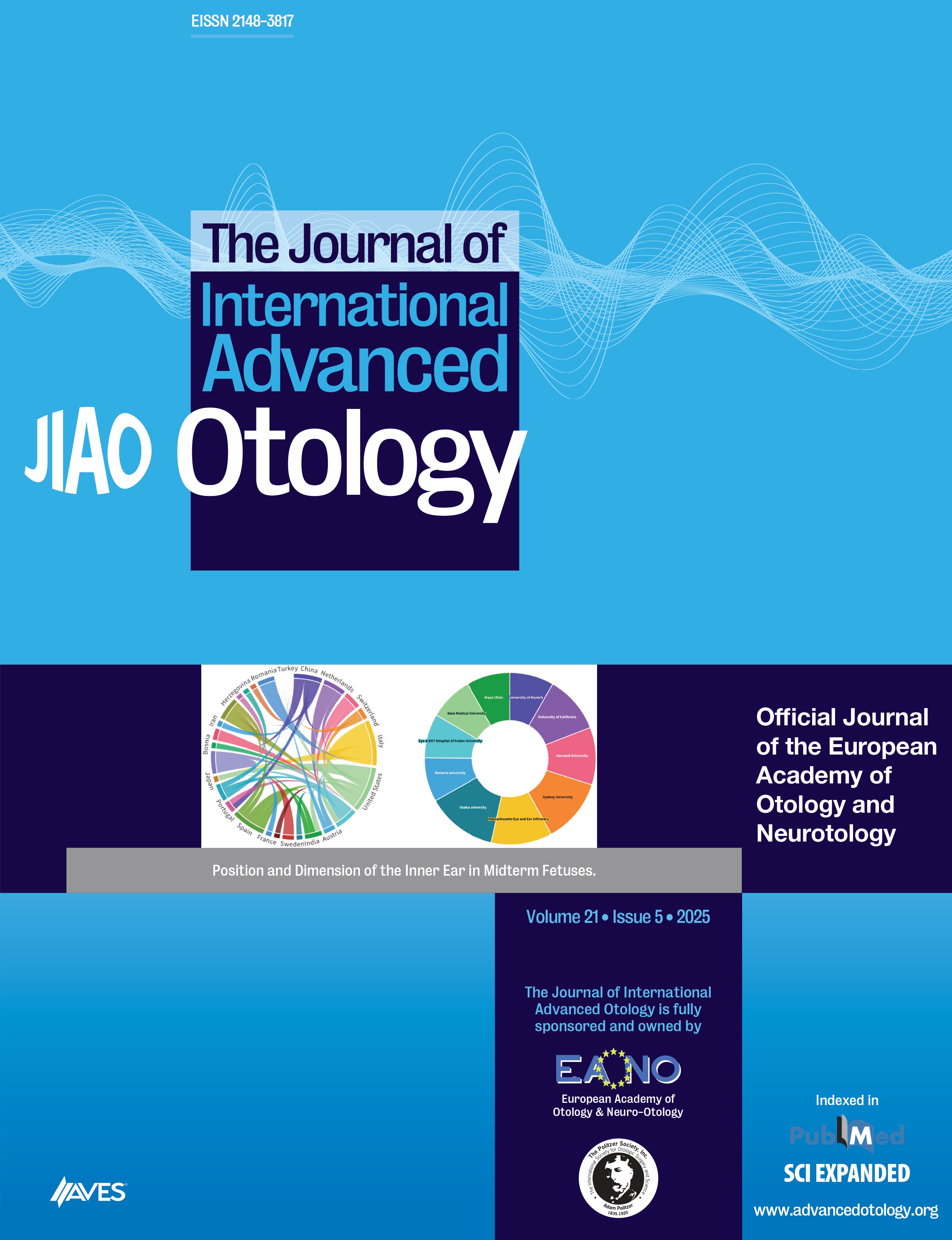Vestibular Migraine Revisited: A Narrative Review of Diagnostic Challenges and Treatment Strategies
Main Article Content
Abstract
Vestibular migraine (VM) is a common yet frequently underdiagnosed neurological condition, marked by recurrent episodes of vertigo and other
vestibular symptoms in association with migraine features. It predominantly affects women aged 30-50 years and has an estimated prevalence
of 1%-5% in the general population. This narrative review explores current knowledge surrounding VM, including its epidemiology, proposed
mechanisms, diagnostic complexities, and treatment approaches. The pathophysiology remains incompletely understood but may involve dysfunction in vestibule-cerebellar pathways, ion channel abnormalities, and trigeminal system activation. Diagnosing VM is clinically driven, requiring careful evaluation of vestibular complaints alongside migraine-associated symptoms. Patients commonly report vertigo and headaches,
while clinical assessment may uncover ocular motor disturbances, canal paresis, and balance issues. Supplementary tests such as ocular and
cervical vestibular evoked myogenic potentials can aid in diagnosis, though they are not definitive. Differential diagnosis is essential due to symptom overlap with other vestibular disorders like Ménière’s disease, episodic ataxia type 2, and benign paroxysmal positional vertigo. Treatment
includes acute interventions with vestibular suppressants and triptans, vestibular rehabilitation programs, and preventive pharmacotherapy
such as β-blockers, calcium channel blockers, and certain antidepressants. Despite these options, clinical evidence remains scarce, primarily relying on small-scale trials and expert consensus. No universally effective regimen has yet been identified. Overall, VM poses significant diagnostic
and therapeutic challenges, underscoring the need for further research to clarify its mechanisms, improve diagnostic precision, and develop
evidence-based treatment strategies that could lessen its burden and improve patient outcomes.
Cite this article as: Vlastarakos P, Sideris G, Kourklidou M, Bousi V, Michailidou E, Nikolopoulos T. Vestibular migraine revisited: A narrative review
of diagnostic challenges and treatment strategies. J Int Adv Otol. 2025, 21(5), 2042, doi:10.5152/iao.2025.252042.


